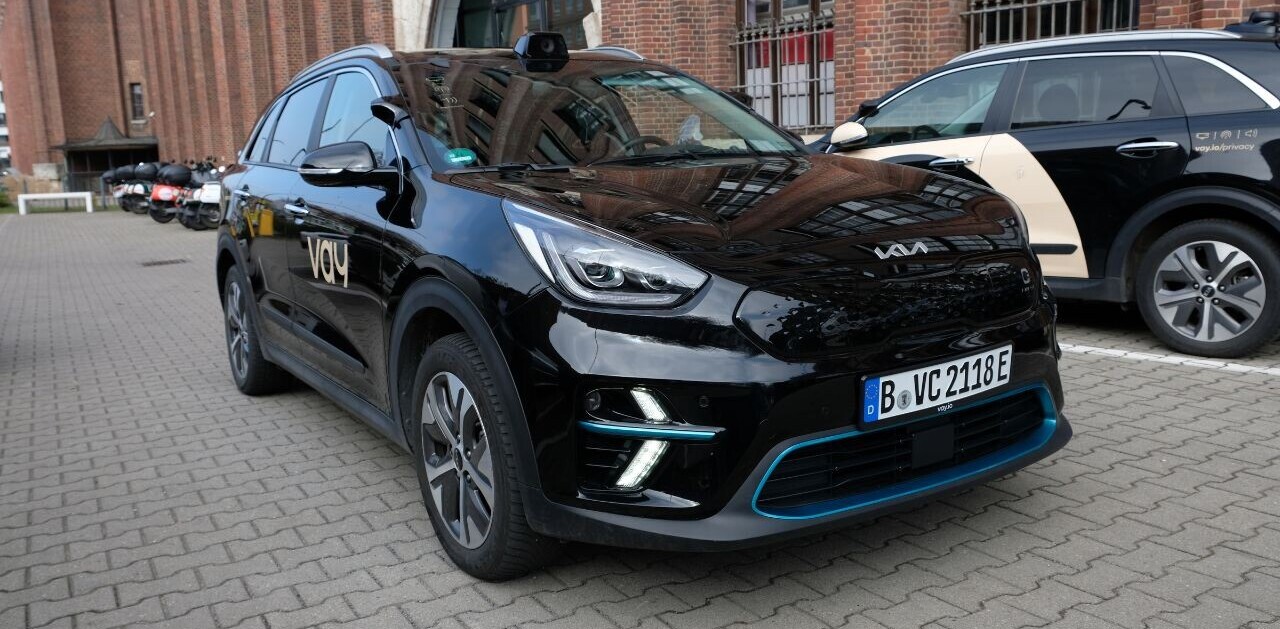Where is Uber? Lyft? What the fuck is RideAustin?
These are just a few of the questions you find yourself asking when stepping off a plane in Austin, Texas. Austin is one of a handful of places in the US that have banned both Uber and Lyft from doing business within the city. I won’t get into the reasons, it’s been done before, but essentially a disagreement in how both operated led the city to fund its own ride-sharing service, RideAustin.
RideAustin is but one of a handful of local ride-sharing apps, but Austinites tell me it’s the most popular. Drivers seem to like it too.
The app is essentially a clone of Uber, only without the shitty business behind it.
Austin deletes Uber
Uber, if you aren’t aware, has a bit of a reputation. Aside from rampant bro-culture, the company is known to put the squeeze on drivers with price drops that benefit the company, while often leaving the driver with poverty-level wages (after expenses). It’s killing drivers, but the price drops are spurring Uber’s growth. It is, after all, a difficult company to compete with on pricing. And as long as drivers keep going along for the ride, it’s not going to stop anytime soon.
I found this true in a recent comparison at CES. A cab from the airport to my hotel was a whopping $33, while an Uber from my hotel back to the airport — during a busier time, with more traffic — set me back $13.
That’s not a sustainable business, and you can tell as much with a quick look at just how much Uber has burned through in its attempts to scale. $8.8-billion, in case you’re wondering. So far, the company isn’t anywhere close to making money, and investors wonder whether the model will ever be a profitable one.
Short answer: no.
Uber simply can’t be a profitable company without raising prices, but raising prices opens the door to competitive services like Lyft, and taxis, the industry stalwart. And then there’s the issue of drivers, which Kalanick seems to be pissing off en masse with the apathetic attitude toward employee, sorry, contractor wages.
It’s cool though. In Vegas, where my little experiment happened, the company has more than 8,000 drivers. Lack of comprehensive background checks, licensing, or fingerprinting drivers opens the door to anyone with four wheels and a drivers license to work for Uber, and the company has cashed in on this surge in on-demand employment.
Kalanick isn’t dumb.
The demand for sporadic work leaves Uber with options. These options, so far, have been to squeeze driver’s heads while hoping they don’t pop. Over time, prices will rise. The company has to push for profitability after an IPO at some point. In the mean time, however, Kalanick can afford to piss off a few contractors while operating for years as the cheapest option until one of two things happens: Kalanick kills the traditional taxi industry, or the company has gained so much marketshare that a price increase really won’t matter.
There’s a better way
Thousands of SXSW-goers discovered the magic of RideAustin, thought it’s safe to say many didn’t recognize it as the future.
Unlike Uber, RideAustin is a non-profit. It charges $2 off the top, and the driver keeps the entire fare — including tip. This isn’t a model Uber can compete with, even though rides are competitively priced.
The approach gives municipalities all the control to operate a safe and efficient service, while minimizing financial incentive and providing drivers with a stable, and competitive, income. Cities also have the ability to run the program as they see fit, including regulating the number of drivers on the road, safety and licensing requirements for said drivers, and ensuring quality of service for all those that use it.
It’s not perfect. An outage this week left potentially thousands — our editorial team included — stranded for hours when the app got overloaded and shut down. Still, the program is in its infancy, and SXSW is a major event — RideAustin representatives assured us it wouldn’t happen again, and in fairness, it hasn’t.
RideAustin does tick a lot of boxes, though. Properly screened drivers? Check. Efficient service with an easy-to-understand app? Check. Low prices when compared to traditional taxis? Check. Fair wages for drivers? Checkmate.
Once other cities catch on, Uber is toast.
Get the TNW newsletter
Get the most important tech news in your inbox each week.





